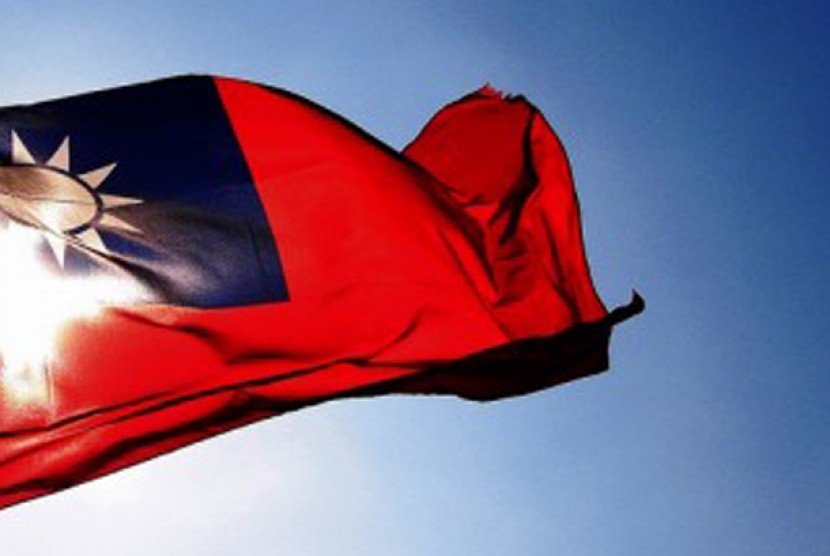REPUBLIKA.CO.ID, TAIPEI -- Taiwan's President Ma Ying-jeou will meet China's President Xi Jinping on Saturday, the first time leaders from the two sides will ever have met since they split at the end of a civil war in 1949.
Following is a brief history of the self-ruled island.
Taiwan, also known as Formosa, is an island off the southeast coast of China between the East and South China Seas. Chinese immigration began in the 17th century. The island came under mainland control after a period of Dutch rule from 1620-62. Taiwan was also occupied by Japan from 1895-1945.
In 1949, about two million supporters of the KMT led by Chiang Kai-shek fled to Taiwan to establish a separate government after losing a civil war to Mao Zedong's communists.
Chiang ruled the island until his death in 1975 and his son Chiang Ching-kuo took the reins in 1978.
In 1987, Chiang Ching-kuo lifted martial law after 38 years, only six months before his death the following year. In 1991, 43 years of emergency rule ended, unilaterally ending a state of war with China.
Chiang's deputy Lee Teng-hui succeeded him in 1988. Lee was the first native Taiwanese to serve as president and he also became Taiwan's first democratically elected leader in 1996.
Lee had stressed the island's statehood, rather than its independence, which riled China, and the United States sent in the Seventh Fleet after Beijing fired test missiles into the Taiwan Strait that year.
Washington has been the island's leading arms supplier, despite switching diplomatic recognition from Taipei to Beijing in 1979.
Closer Ties
In 2000, Chen Shui-bian, of the pro-independence Democratic Progressive Party (DPP), was elected president, ending the KMT's 51-year grip on power and further straining ties with China.
However, a string of corruption scandals implicating Chen, his family and senior DPP members tarnished the party's image and played a major role in its defeat in the March 2008 presidential vote.
The KMT's Ma Ying-jeou swept to a landslide victory on a platform of boosting the economy, particularly through closer trade ties with China.
Relations have improved dramatically since Ma took office, as the two sides held direct talks in Beijing which led to the launch of regular direct flights and measures to boost tourism.
The Economic Cooperation Framework Agreement was signed in 2010 to reduce commercial barriers and in February last year the first government-to-government talks took place in Nanjing.
However, public sentiment has turned against the KMT with concerns over Chinese influence a major factor.
In spring 2014, 200 students occupied parliament for more than three weeks to demonstrate against a controversial trade pact in what became known as the Sunflower Movement.
The KMT suffered its worst-ever local election defeat in November last year and was forced to replace its own presidential candidate in October this year over her pro-China views.
Officially, China regards the island as part of its territory awaiting reunification and has threatened to invade should it declare formal independence.
Taiwan lost its United Nations seat to China in 1971 and its 16 attempts to rejoin the organisation have been blocked by Beijing.
Only 23 countries formally recognise Taiwan and the two sides have accused each other of using "dollar diplomacy" to woo allies away from each other.


